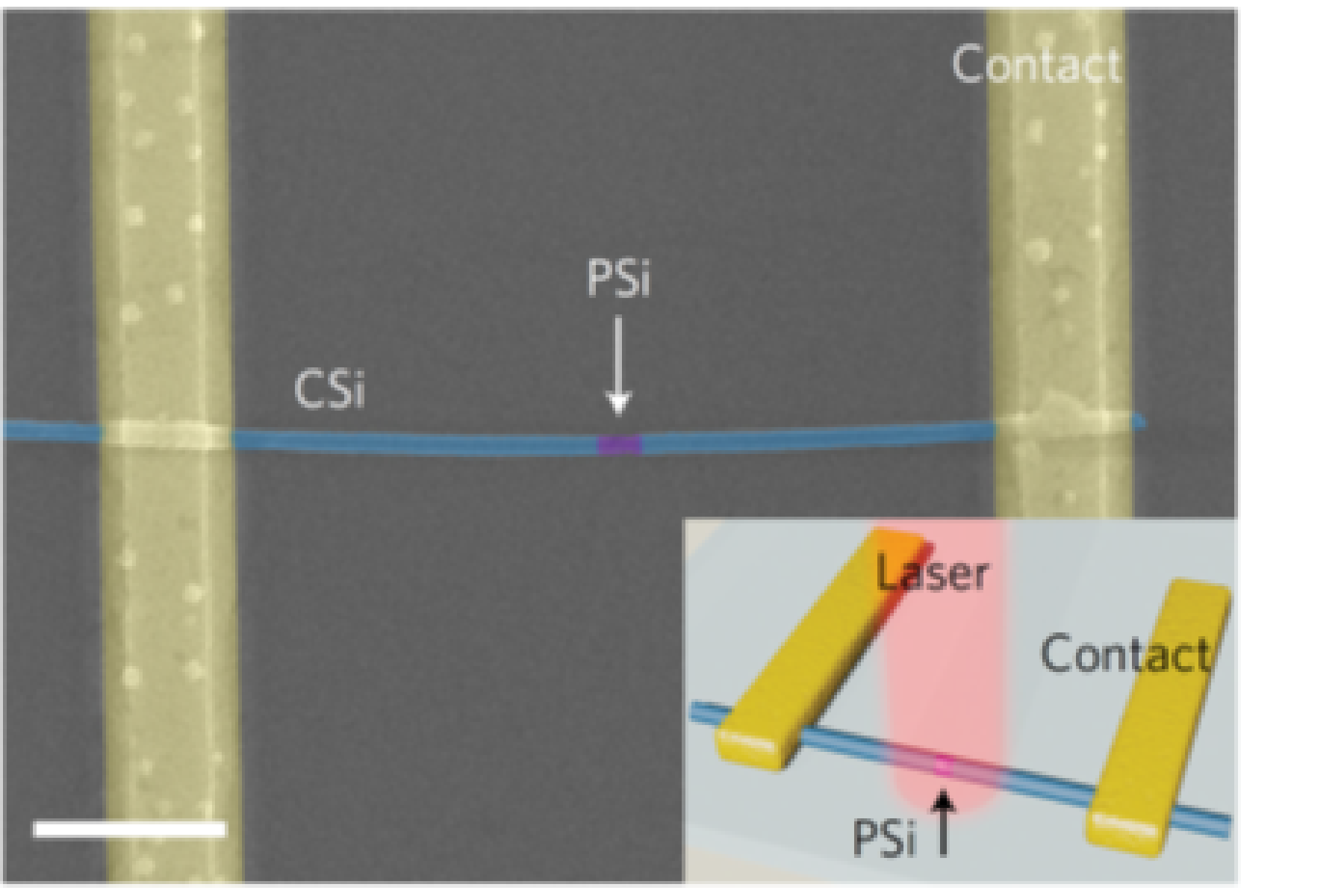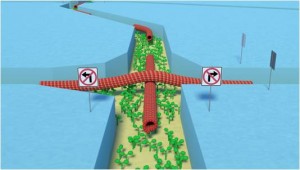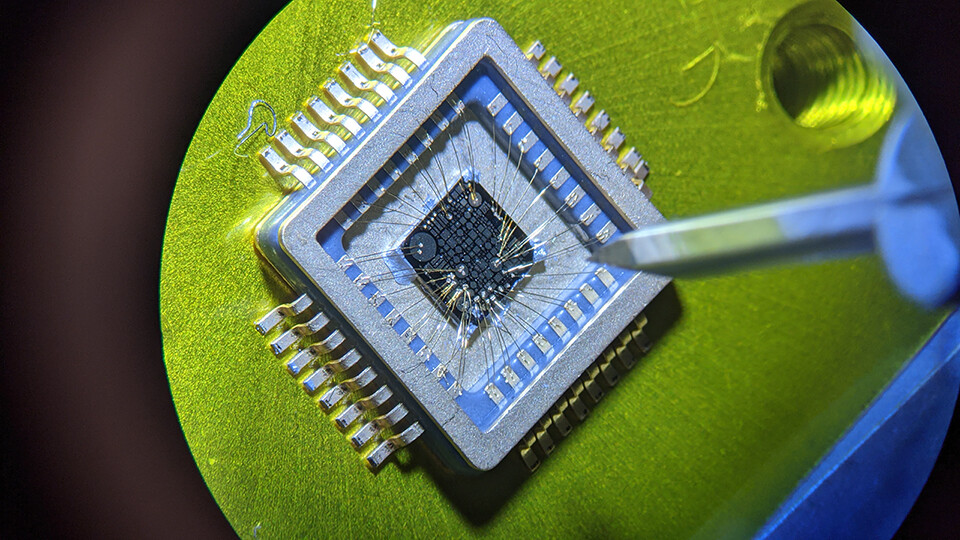
Characterizing defects in diamond devices destined for high-power electronics
Artificially grown diamonds are promising semiconductor materials. Their large energy gap, thermal conductivity, carrier mobility, and other properties make diamonds promising for electronic applications as ultrawide bandgap semiconductors, or UWBGs. However, diamond growth and device fabrication procedures can create defects, inhibiting their function as diodes.
To better assess diamonds for high-power electronics, Ghosh et al. used electronic noise to characterize diamond diode defects. Using grown diamonds, the authors measured low-frequency fluctuations in electrical currents sent through the diamond diodes.
“The measurement of electronic current fluctuations, or electronic noise, can be used to assess the quality of electronic materials and reliability of devices made from such materials,” said co-author Alexander Balandin. “The noise often originates in the non-ideal components or the non-ideal currents of a device. The increase in the noise level can be related to the device failure.”
The results showed the diodes with high and low concentrations of defects had different noise spectra. Additionally, the noise’s dependence on current density could be used to test the quality of the diode.
The authors plan to use the results to create quantitative models that can assess high-power electronics made from diamond and other UWBG semiconductor materials.
“The need for higher power electronics is apparent as we move towards an electrified economy and more energy efficient, interconnected society,” said co-author Robert Nemanich. “The knowledge gained by the ULTRA Center will provide the necessary scientific basis and a co-design ecosystem for a new power electronics economy with ultra-high voltage and current capabilities for highly efficient energy conversion and efficient thermal transport.”
Source: “Excess noise in high-current diamond diodes,” by Subhajit Ghosh, Harshad Surdi, Fariborz Kargar, Franz A. Koeck, Sergey Rumyantsev, Stephen Goodnick, Robert Nemanich, and Alexander A. Balandin, Applied Physics Letters (2022). The article can be accessed at https://doi.org/10.1063/5.0083383.
This paper is part of the Wide- and Ultrawide-Bandgap Electronic Semiconductor Devices Collection, learn more here, published by AIP Publishing.

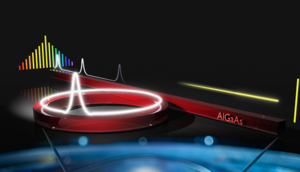 Just as a meter stick with hundreds of tick marks can be used to measure distances with great precision, a device known as a laser frequency comb, with its hundreds of evenly spaced, sharply defined frequencies, can be used to measure the colors of light waves with great precision.
Just as a meter stick with hundreds of tick marks can be used to measure distances with great precision, a device known as a laser frequency comb, with its hundreds of evenly spaced, sharply defined frequencies, can be used to measure the colors of light waves with great precision.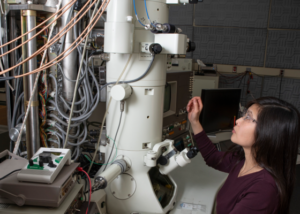 Researchers at the National Institute of Standards and Technology (NIST) and their collaborators have developed a way to retrofit the transmission electron microscope — a long-standing scientific workhorse for making crisp microscopic images — so that it can also create high-quality movies of super-fast processes at the atomic and molecular scale. Compatible with electron microscopes old and new, the retrofit promises to enable fresh insights into everything from microscopic machines to next-generation computer chips and biological tissue by making this moviemaking capability more widely available to laboratories everywhere.
Researchers at the National Institute of Standards and Technology (NIST) and their collaborators have developed a way to retrofit the transmission electron microscope — a long-standing scientific workhorse for making crisp microscopic images — so that it can also create high-quality movies of super-fast processes at the atomic and molecular scale. Compatible with electron microscopes old and new, the retrofit promises to enable fresh insights into everything from microscopic machines to next-generation computer chips and biological tissue by making this moviemaking capability more widely available to laboratories everywhere.